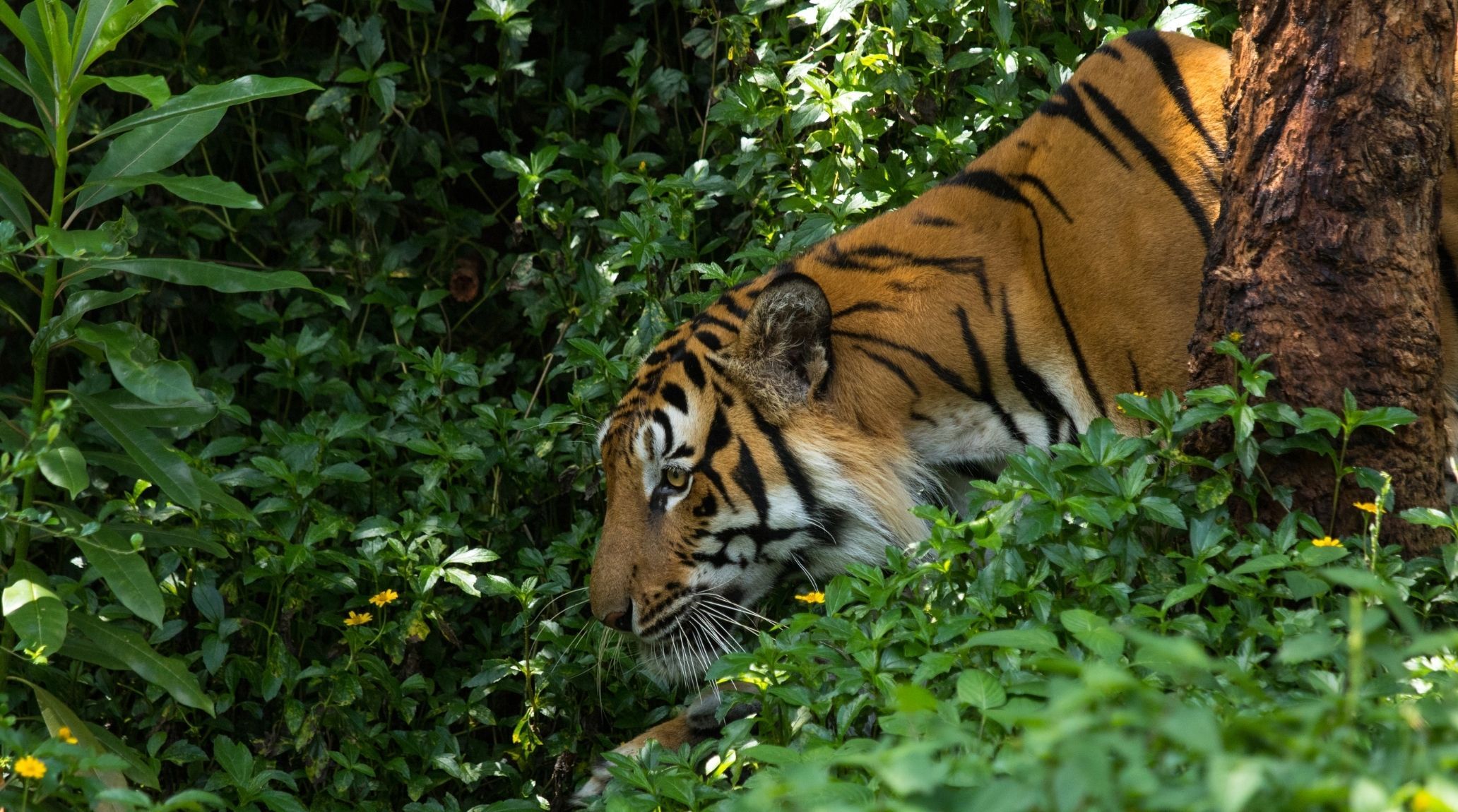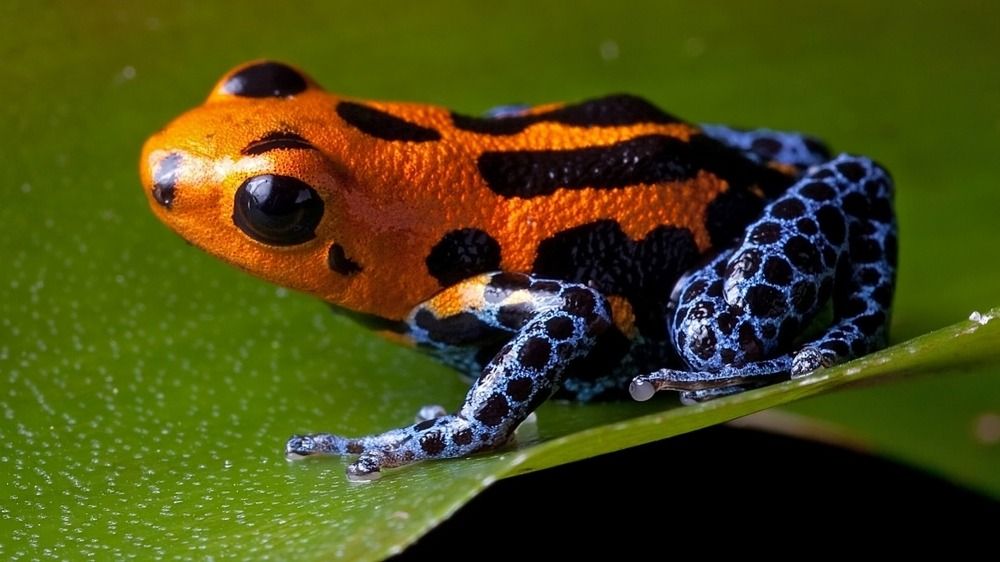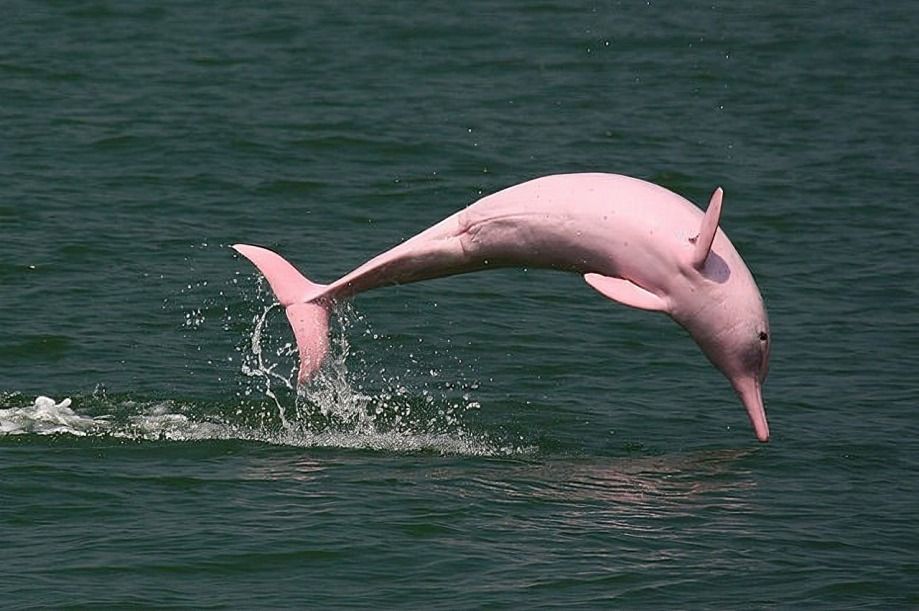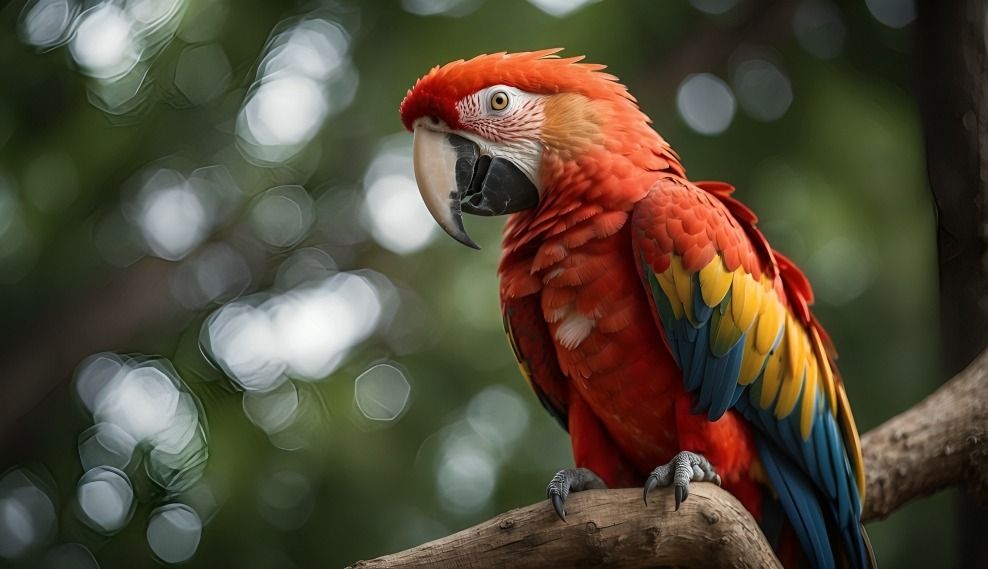
“
A rainforest is a dense forest that gets heavy rainfall and is rich in biodiversity, home to many plant and animal species. There are two types: tropical and temperate rainforests, with tropical ones being more common. In this article, we’ll explore 20 fascinating facts about rainforest animals that reveal their remarkable adaptations and ecological importance. 1
1
”
Scientists estimate over 50 million invertebrate species inhabit rainforests, showcasing incredible biodiversity. In a single tree in Peru, one scientist discovered 50 different ant species! 1
The green anaconda, the world’s largest snake, resides in the Amazon, growing up to 30 feet long and weighing up to 550 pounds. Though not venomous, it uses immense strength to crush its prey. 2
Many rainforest animals use camouflage to avoid predators. Sloths, for instance, move so slowly that algae grows on their fur, giving it a green tint that helps them blend into the trees. 3

Poison dart frogs are extremely toxic, with rainforest inhabitants using their poison on arrow tips to enhance their lethality. These frogs are among the most poisonous animals on Earth.
Capybaras, the world's largest rodents, can grow up to 1.5 meters long and weigh 50-70 kg. They thrive in the rainforests of South America, living near rivers and wetlands. 4
Okapis, native to the Congo Basin, resemble a mix of zebras and giraffes. Though they are related to giraffes, not zebras, their striped legs remain a mystery. These elusive animals are well-adapted to their dense rainforest habitat. 5
Bullet ants, native to the rainforests of Nicaragua, are infamous for delivering the most painful sting in the world. Their sting is often compared to being shot, hence the name. Despite this, they play an essential role in the rainforest ecosystem. 6

The Amazon River is home to the rare pink river dolphin, which appears light grey rather than truly pink. Their thin skin allows blood vessels to show through, creating a pinkish hue.
The Amazon Rainforest hosts an estimated 2.5 million insect species, showcasing its incredible biodiversity. This makes the rainforest one of the planet's most important ecosystems. 7
Glass frogs, found in rainforests, have transparent bellies, allowing their internal organs to be visible. This unique feature makes them one of the most fascinating species in the rainforest. 8
The pygmy marmoset, measuring just six inches long, holds the title of the world's smallest monkey. Known for their remarkable agility, they can leap up to 16 feet in a single bound. 9

Mountain gorillas are the largest living primates on Earth and share a close evolutionary relationship with humans, alongside chimpanzees, orangutans, and bonobos. Typically, mountain gorillas live in groups of around 30 members.
The blue morpho butterfly, with its striking iridescent blue wings, gracefully flits through the rainforest canopy. Its brown underside features numerous "eyespots" that deceive predators into believing it is a larger threat. 10
Jaguars are renowned for their striking spotted coats, which provide excellent camouflage in their grassy, bushy, and forested habitats. The rare all-black (melanistic) jaguar is often called a black panther. 11
The relentless competition for food, water, sunlight, and space in rainforests creates a constant struggle for survival. Despite this fierce rivalry, it's remarkable that so many diverse animal species coexist. 12

The scarlet macaw is an iconic rainforest animal, known for its vibrant red plumage and striking blue and yellow wing feathers. Equipped with a powerful beak, it can crack open hard nuts and seeds.
On average, 137 species of life are driven to extinction each day in the world’s tropical rainforests. Destructive forces such as logging and cattle ranching have led to the loss of millions of acres of these vital ecosystems. 13
The harpy eagle, with a wingspan over 7 feet, reigns as the apex predator of the rainforest canopy. It powerfully snatches monkeys and sloths from the trees with its strong talons. 14
The common basilisk, often called the Jesus lizard, is famous for its ability to run on water. This remarkable skill allows it to escape predators and navigate its rainforest habitat effectively. 15
Extinction is a natural process, with species like the saber-toothed tiger vanishing due to their inability to adapt to changing environments. Others, such as the dinosaurs, were wiped out by catastrophic events like comet or asteroid impacts. 16